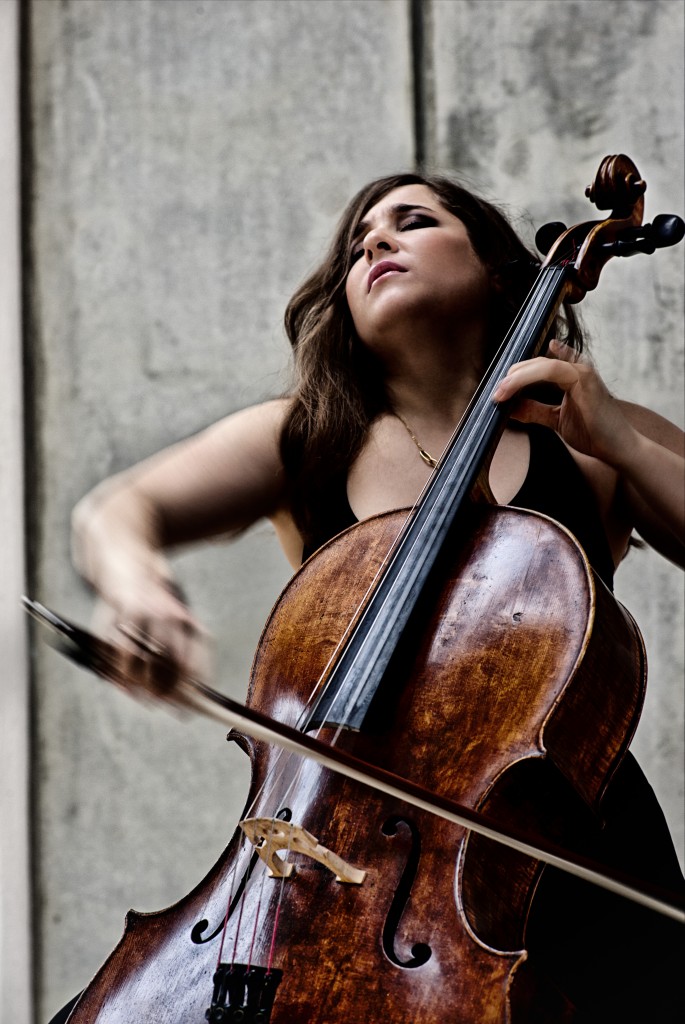Written by Stefan Aune of Fein Violins
Here at Fein Violins we often get feedback from our customers regarding the instruments they purchase. Nothing makes us happier than being able to help someone achieve that perfect sound, or track down an instrument with just the right look or feel. Every so often we get feedback from a customer that is particularly personal or moving, and it is just such a story I want to share with you today. About a year ago, Jim Y. purchased a violin from us that connected back to his early life growing up in China during the cultural revolution, and his longing for a particular violin in a department store window that was, sadly, financially out of reach. What follows is Jim's story, reproduced verbatim, so that he can tell you in his own words how special a new instrument can be.
Thank you for your email. It has been a very pleasant experience when talking with you over the phone, and reading your emails. It's not like dealing with a sales person or business owner, but like talking with good friends.
I don't want to waste your time reading my emails, knowing you must be busy with the business. Still, I just can't help telling you my gratitude on getting the wonderful violin from you. From the following story, you may get a sense of how elated and gratified I am to have stumbled upon the people and the violin from Fein Violins.
I had genuine interests in music as a kid. As teenager, I was among the millions of mid-schoolers to be sent to the countryside to do farmwork (so called by the then president Chairman Mao, to "receive re-education from the poor and middle class peasants"). In the countryside, we toiled with all sorts of farmwork every day and saw no future.







